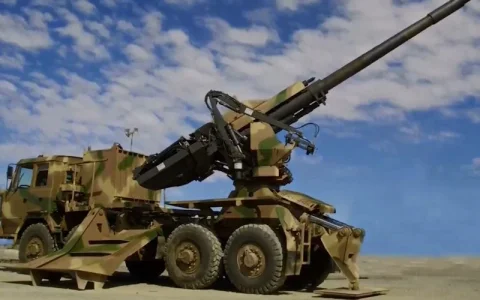Yeah, not hard at all.
and is there any such missile in the world?
There's no widely fielded anti radiation missile that isn't launched from an aircraft.
American used their Tomahawk missiles to destroy lots of fixed radar sites during gulf war.
In recent operation sindoor, we used brahmos to destroy fixed pakistani radar sites.
In both cases neither missile had any anti radiation warhead, as their target was a in fixed position.
Missiles with Anti radiation seeker, are primarly used to follow "real time" radar emission from an active radar, in most cases a mobile radar or a hidden radar.
While you can also use them against radars with known position or fixed radar, but regular missiles can do the job just fine.
Pairing them with aircraft, gives very high mobility and fast response time.
There were many proposals in past for modification of ground/ship launched missiles with an Anti radiation seeker, but all were rejected, as given the limited mobility and slow response time, these platforms need to be quite lucky to be at the right place at the right time to use those missiles, and against radar sites whose locations are already known normal missiles will do just fine.
Also modern aesa seekers can act as anti-radiation seeker to a significant extent, with good enough optimization you can make a aesa seeker that can function as both an active seeker and a passive radiation seeker.
All latest/in development air to air missiles, surface to air missiles, anti ship missiles etc will most likely feature it.
American aim 260 jatm in later stages of development right now, is rumored to have dual use.
In future you may Even see specifically made anti-radiation seekers go out of fashion, replaced by optimised dual use aesa seeker.
Aesa seekers can also be used for jamming.
Modern fighter jets with aesa radar also use their radar in passive silent mode to detect any incoming active radar radiation, giving away the location of radar emiting aircraft.
Though there is one exception, ground launched loitering munitions, given their ability to loiter in air, they compensate a lot for lack of mobility and slow response time of ground based assets in this case.
Israeli origin harpy drone is one such example, which we also used in Operation sindoor








 itself cost 3-5 million
itself cost 3-5 million 
